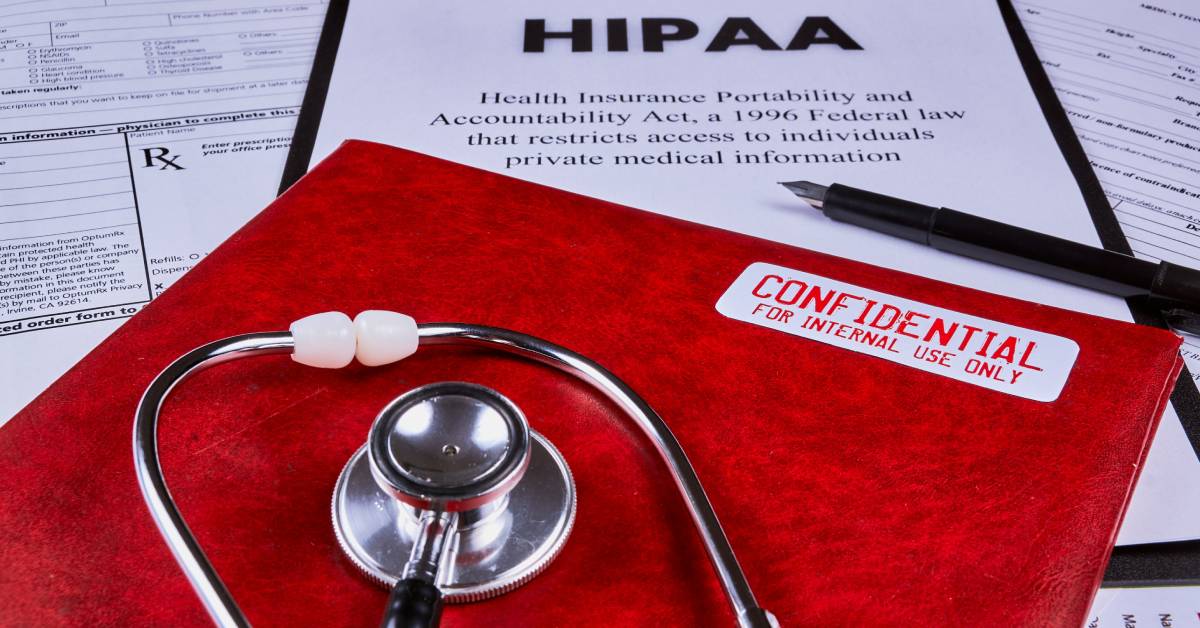The Health Insurance Portability and Accountability Act (HIPAA) is the industry standard for protecting sensitive patient data in healthcare. Compliance is not optional—it’s essential for safeguarding patient trust, avoiding hefty penalties, and ensuring operational integrity.
This blog will walk you through the necessary steps to achieve full HIPAA compliance, providing a concise roadmap to meet regulatory expectations. Whether you have a new practice or want to ensure your healthcare business is up to date on compliance, this quick guide is for you.
Understanding HIPAA Compliance Requirements
HIPAA defines a set of rules designed to secure protected health information (PHI). These include the Privacy Rule, which governs how businesses use and disclose PHI, and the Security Rule, which establishes safeguards for electronic PHI (ePHI)
Meeting these rules requires administrative, physical, and technical measures to ensure protection for patient data across all levels of your organization. By understanding these requirements, organizations can create a stronger foundation for compliance.
Assess Current HIPAA Compliance Status
Understanding your organization’s current HIPAA compliance status is crucial. Conduct a comprehensive gap analysis to identify areas needing improvement.
Review internal policies, procedures, and systems to ensure they align with HIPAA requirements. This assessment identifies weaknesses and provides valuable insights for compliance planning.
Staff Training and Awareness
Employees are the first line of defense in achieving HIPAA compliance. Educate all staff on HIPAA regulations, including permitted uses of PHI, recognizing breaches, and handling sensitive information responsibly.
Regular training sessions with the latest HIPAA Compliance solutions keep compliance fresh in the mind while reducing the risk of accidental violations. Maintain thorough records of all training activities as proof of compliance.
Implementation of Secure Technology
Advanced technology plays a critical role in meeting HIPAA standards. Ensure electronic systems encrypt PHI during storage and transmission to minimize security vulnerabilities.
Implement multi-factor authentication and access controls to ensure that only authorized personnel can view patient data. Periodically update software and systems to stay ahead of potential security threats or vulnerabilities.
Regular Audits and Updates
Compliance is not a one-time achievement. Conducting regular audits monitors adherence to HIPAA rules and addresses any new vulnerabilities or organizational changes.
Review policies periodically, and make the necessary updates to stay compliant with evolving regulations. Documenting these efforts demonstrates a proactive approach to maintaining compliance.
Begin Your HIPAA Compliance Journey
Achieving full HIPAA compliance is a critical responsibility for healthcare organizations. By actively assessing current practices and following these steps from there, you can safeguard healthcare patient data, minimize risks, and achieve full HIPAA compliance.
To streamline your compliance process and receive expert HIPAA compliance solutions, connect with our experienced team at Gamma Compliance. We offer training courses for employees and resources to help you stay up to date with changing compliance standards.

